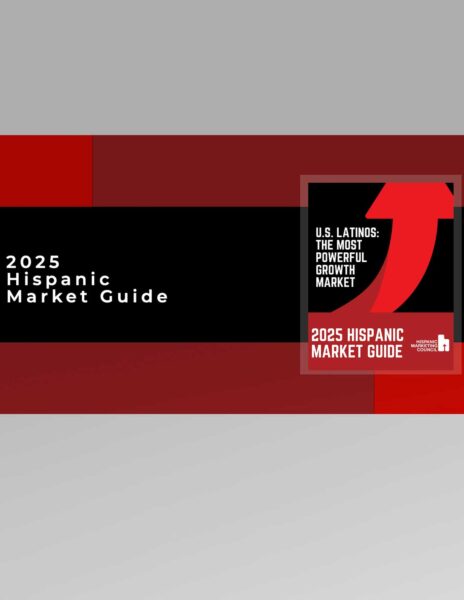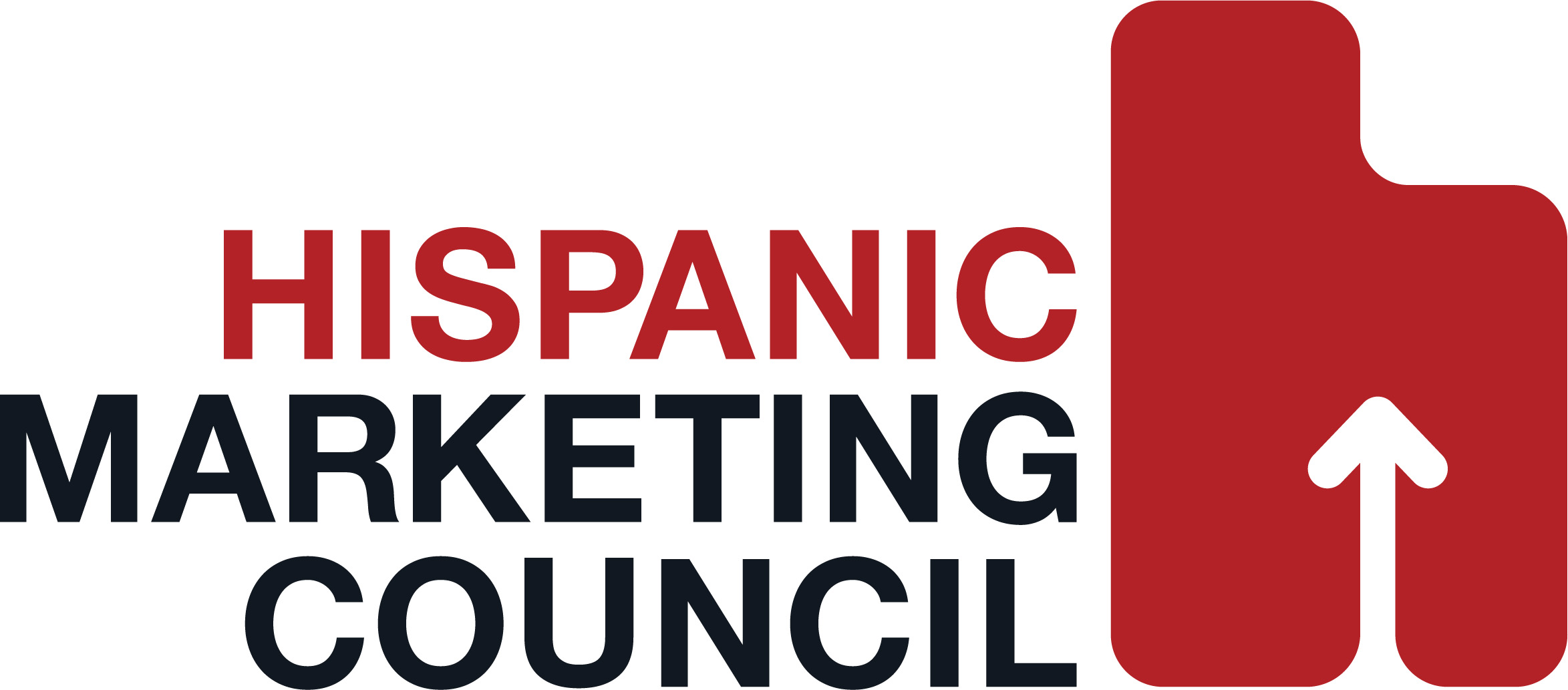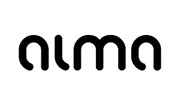World adspend to grow 4% in 2008 and 2009 despite economic downturn.
September 15, 2008
ZenithOptimedia has reduced its forecast for adspend growth to 4.3% in 2008, down from the 6.6% growth forecast we published in June. They have also reduced the growth forecast for 2009 from 6.0% to 4.0%. The reason for the downgrade is primarily the financial shock caused by the bank failures during the latest phase of the crisis in financial markets, which has spread uncertainty and undermined confidence in the wider economy. The bank failures will have a fairly small direct effect on ad expenditure – since financial advertising contributes only about 4% of global ad expenditure – but fears for the future will cause consumers to cut their spending, while companies carefully inspect their budgets to find cost savings.
Unlike in the periods leading up to the last two ad downturns, advertisers have not been increasing their budgets ahead of economic growth over the last few years. In the years preceding the downturns of 1990 and 2001, ad expenditure grew well ahead of the general economy, rising as a proportion of GDP and peaking at 1.07% in 1989 and 1.05% in 2000. This left the ad market vulnerable to sharp corrections when the economy slowed. In recent years, however, ad expenditure has roughly tracked the economy, and has remained at 0.92%-0.93% of GDP. There is no bubble in ad expenditure to burst, which is why we expect global ad expenditure to slow in 2008 and 2009 rather than to go into reverse.
Earlier this year ZenithOptimedia, in partnership with Business Week, conducted a survey of US consumers to determine how their spending patterns would change in the event of a downturn. Asked where they would make cuts if they had to reduce their total spending, 56% said luxury goods, 50% said travel and 39% said entertainment. These are the categories most at risk as worried consumers tighten their belts, and will be under the most pressure to cut their ad budgets. Household goods, clothing and essential basics are least at risk: 23%, 15% and 6% of consumers said they would cut back in these respective categories. Spending patterns will vary between markets, but in general companies that provide non-essential goods or services are most likely to find their ad budgets under threat.
So far the worst effects of the credit crunch have been felt in the West. Since we published our last forecasts at the end of June, some Western advertisers have cut back campaigns planned for later this year and have postponed budget setting for next year. We have therefore reduced our growth forecasts for North America and Western Europe in 2008 and 2009. We now expect adspend in North America to grow 1.8% this year and 0.9% next year, while in Western Europe we forecast 1.6% growth this year and 2.6% next year. In our last forecast we predicted North America would grow by 3.5% then 2.7%, while Western Europe would grow 3.7% then 4.3%, so our forecasts for these years have roughly halved.
We have also reduced our forecasts for all other regions, principally because they are vulnerable to international budget cuts by multinational advertisers. However, for the most part developing markets remain fundamentally healthy. We forecast 6.6% growth for Asia Pacific this year and 5.2% next year; excluding Japan, these figures jump to 10.1% and 7.1%. Central & Eastern Europe continues to grow at double-digit annual rates. We expect Latin America to grow at about 10% a year, while the rest of the world accelerates from 8.1% growth this year to 15.2% in 2010. We expect developing markets (which we define as everywhere except North America, Western Europe and Japan) to contribute 65% of new ad expenditure between 2007 and 2010. Over that period the proportion of global ad expenditure going to developing markets will rise from 28% to 32%.
The very different growth rates of developing and developed markets means that the ranking of the world’s largest ad markets is changing quickly. By 2010 we expect Russia and Brazil to be top-ten ad markets – sixth and eighth largest respectively, up from 13th and 11th in 2007 – pushing Spain and Australia out of the ranking.
At a time when ad budgets are under pressure, the internet has the advantage over traditional media that it provides better levels of measurability. We now forecast internet advertising to grow by an average of 23% a year between 2007 and 2010, and to increase its share of the world ad market from 8.6% in 2007 to 13.8% in 2010, up from 13.6% in our last forecast.
Outdoor is the only other medium to be gaining market share. Contractors are investing in both traditional displays and digital billboards that capture the attention of consumers and advertisers. We now expect outdoor to attract 6.8% of world ad expenditure in 2010, up slightly from 6.7% in our last forecast.
Newspapers, magazines, television and radio are all losing share to the internet, but newspapers are clearly suffering the most. We now forecast newspaper ad expenditure to decline in 2008 and 2009, the first time any medium has shrunk since 2002. Advertisers will spend less in newspapers in 2009 than they did in 2006. We forecast newspapers to attract 23.3% of ad expenditure in 2010, 0.4 percentage points less than in our previous forecast.
To view charts CLICK above on ‘More Images’.


























